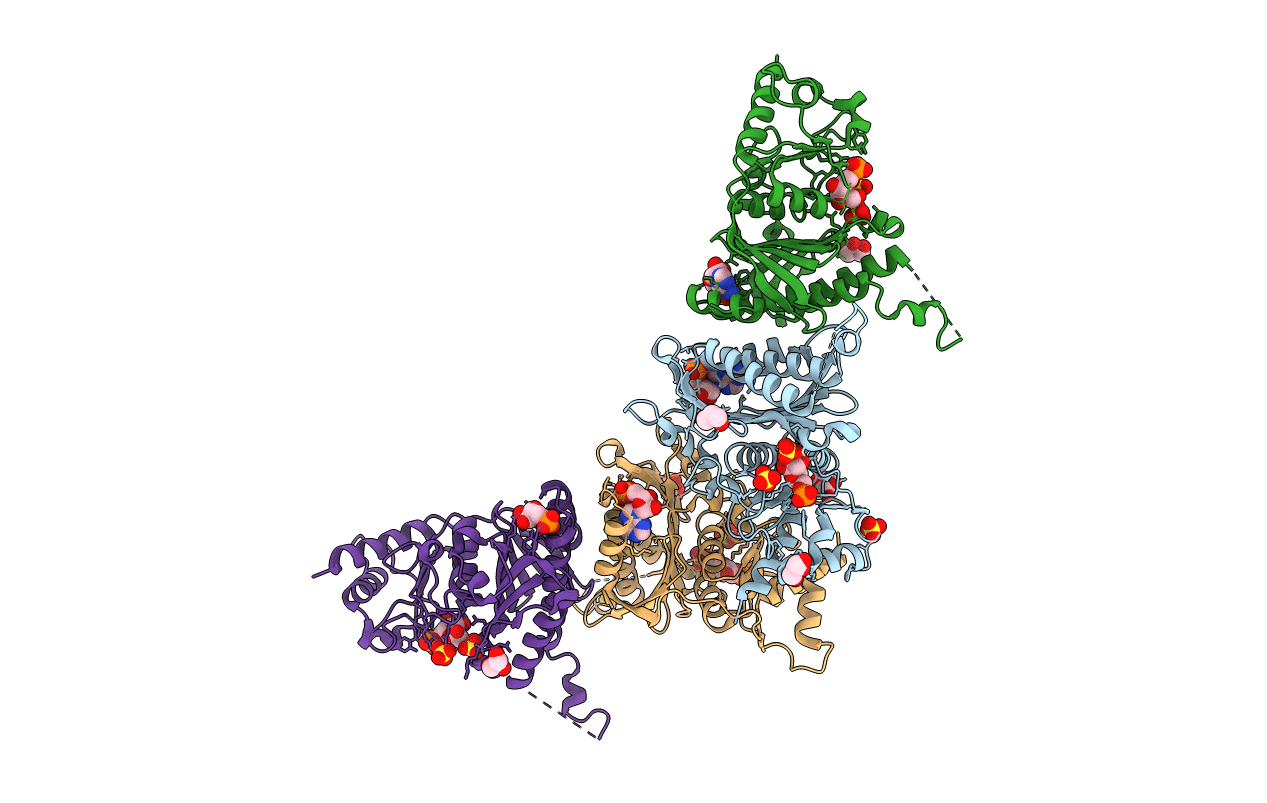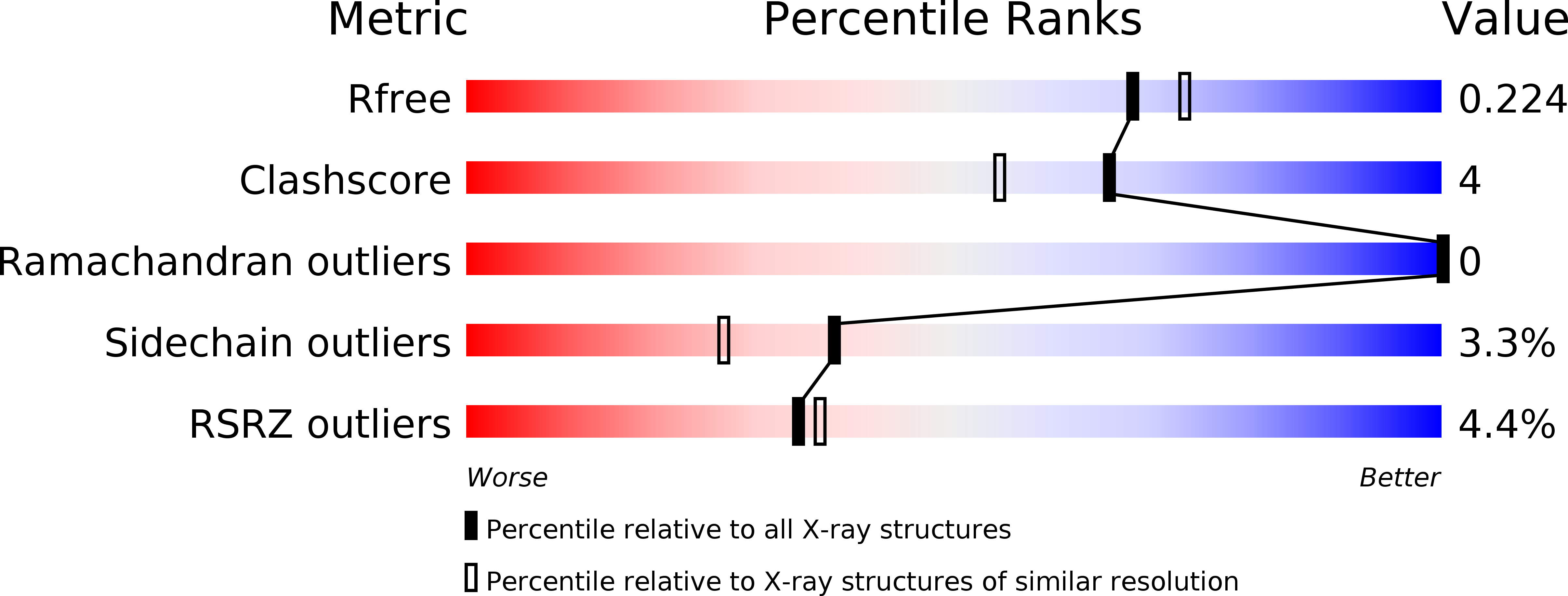
Deposition Date
2009-07-24
Release Date
2010-08-11
Last Version Date
2023-11-01
Entry Detail
PDB ID:
3IFC
Keywords:
Title:
Human muscle fructose-1,6-bisphosphatase E69Q mutant in complex with AMP and alpha fructose-6-phosphate
Biological Source:
Source Organism:
Homo sapiens (Taxon ID: 9606)
Host Organism:
Method Details:
Experimental Method:
Resolution:
1.97 Å
R-Value Free:
0.19
R-Value Work:
0.16
R-Value Observed:
0.16
Space Group:
C 2 2 2


